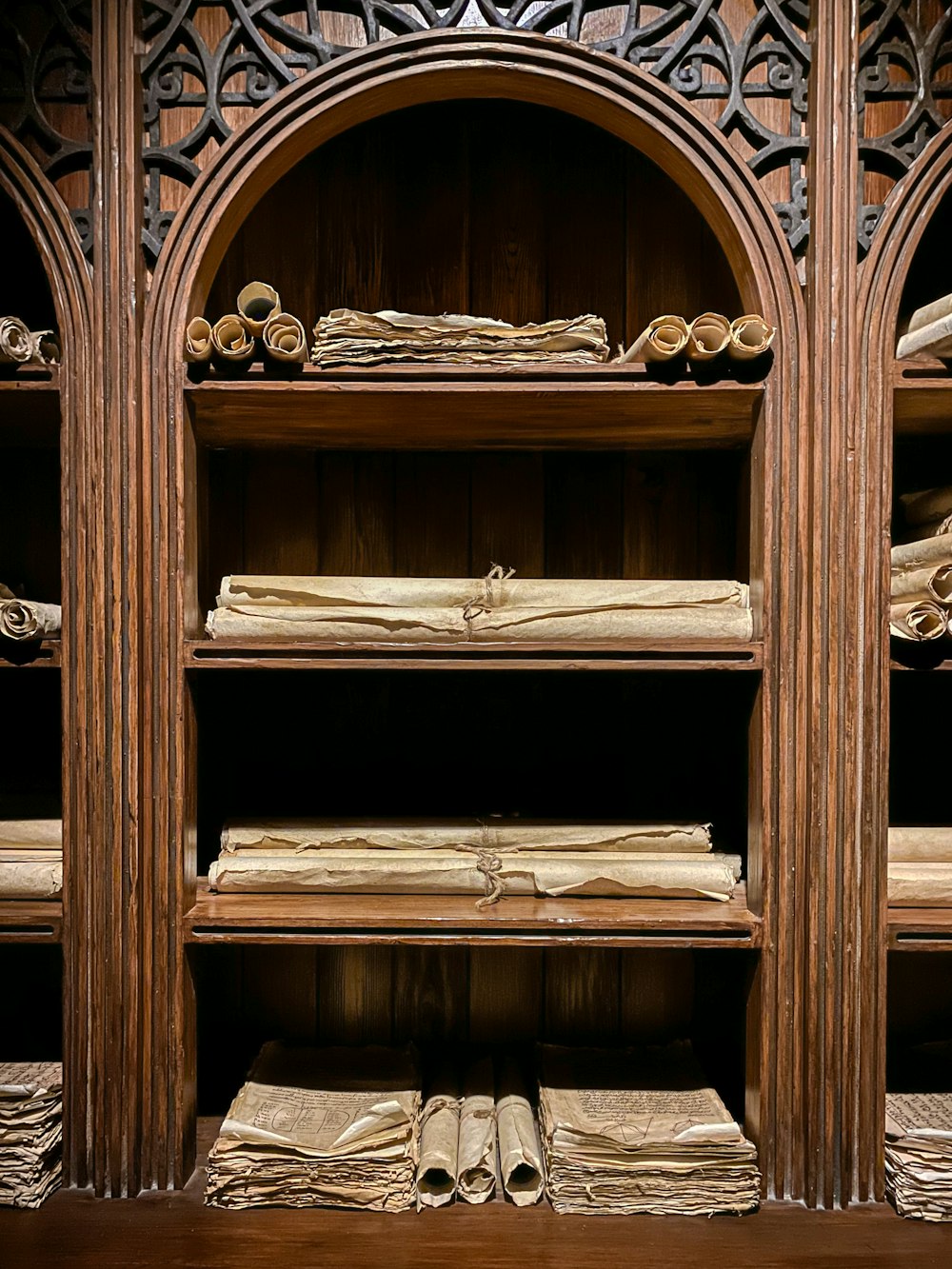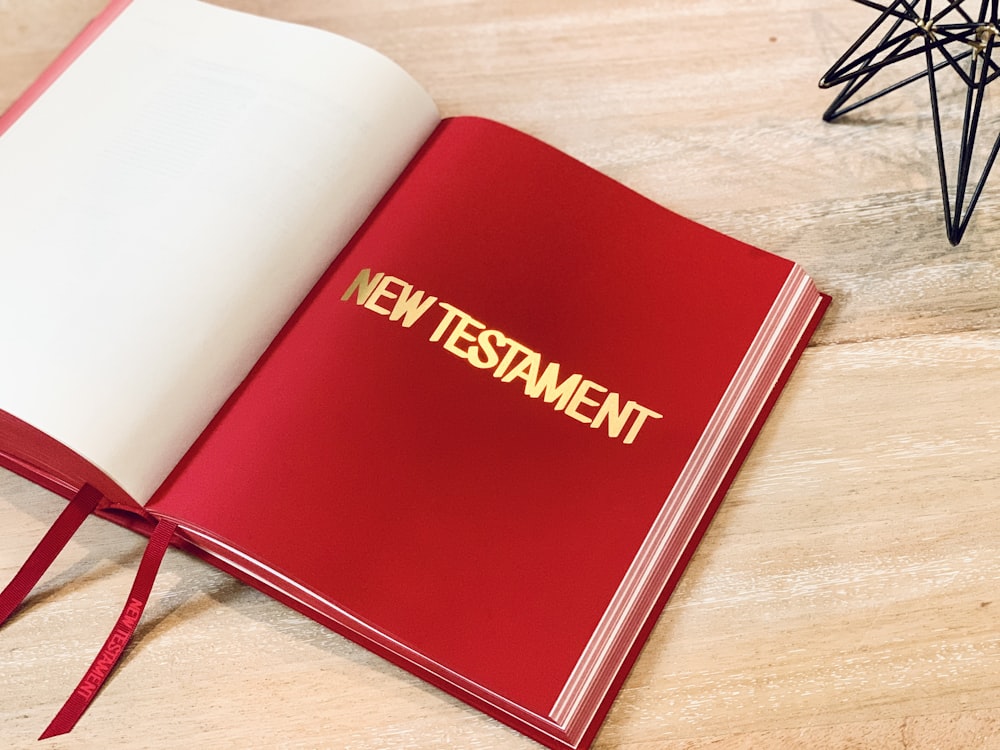We are delighted to share with you our library of resources. You can use the filter feature below to find topics most relevant to your curriculum.
Want to organise the resources you use most in one place? Register as a user to add content to your own Boards.
The New Testament as a Historical Document
Can we trust what we read in the New Testament?
THE RELIABILITY OF THE NEW TESTAMENT DOCUMENTS
How sure can we be that what we read is what the original authors wrote? It's a common claim that the New Testament documents (a) were based on oral traditions that were intrinsically unreliable, and (b) were hand-copied (not printed), so errors would have crept in. As a result, they have been corrupted in transmission, so they are unreliable.
The key questions are:
- How many copies do we have?
- How close in time are the copies we have to the originals?
- How much variation is there between these copies?
HOW MANY COPIES?
There are over 5,600 Greek manuscripts of part or all of the New Testament. There are also 10,000 Latin Vulgate manuscripts, and 9,300 other Latin versions - about 25,000 hand-copied manuscripts in total.
HOW CLOSE IN TIME?

One of the most important of these is the Codex Sinaiticus, also known as the 'Sinai Bible.' The British Government bought this from the Soviet Union in 1933, for the then-huge sum of £100,000. It is now found in the British Museum.
We have some manuscripts dating back to the second century, and we have fragments of manuscripts dating back to only thirty years or so after the documents were originally written.
In 'The New Evidence that Demands a Verdict,' Josh McDowell cites for comparison Homer's 'Iliad'. There are 643 manuscript copies of the Iliad, and the earliest dates back only to the thirteenth century. Yet scholars do not doubt that we have essentially what Homer wrote.
Or consider the 'Gallic Wars', written about the same time as the New Testament. The 'Gallic Wars' was written in the first century BC, by Julius Caesar. Our earliest copy of it dates from one thousand years later, and there are only about ten copies altogether. But historians don't doubt that it's authentic.
By comparison, the earliest manuscripts of parts of the New Testament date from only twenty-five years after they were written. In fact, the New Testament documents were the most copied, and most widely circulated, of any ancient documents. No other ancient document comes anywhere near this number of copies.
HOW MUCH VARIATION?
There are many variations between different 'families' of manuscripts of the New Testament. This is what we would expect of hand-copied documents. However, the differences between the manuscripts are small and insignificant and do not in any way affect any significant matter of historical fact or major Christian belief.
CONCLUSIONS
There are far more copies of the New Testament documents than of any other comparable ancient document. The manuscripts go back closer in time to the originals than to any other ancient documents. The manuscripts are also consistent, there aren't any major or significant changes.
Therefore, we can be very confident that what we read in our Bible today is what the original authors wrote.
It seems that the evidence for the New Testament documents is much greater than the evidence for many writings of classical authors whose authenticity no one questions.
These pages have been produced by David Couchman MA (Cantab), MSc. The material is taken from the Facing the Challenge course and is used with permission.

